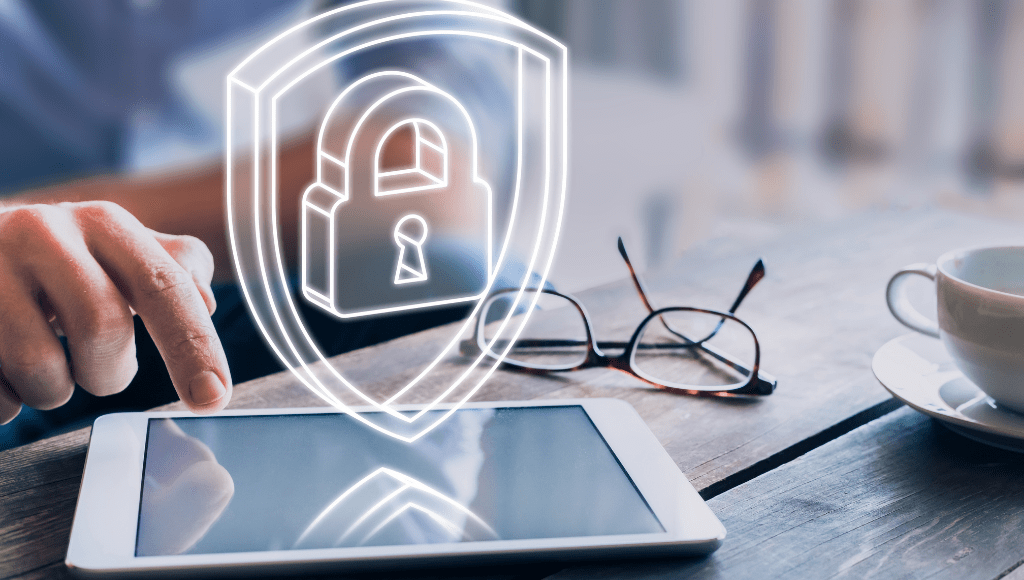Blog Home > Services > How can telehealth enhance healthcare?
How can telehealth enhance healthcare?
Terri Phillips | 8 mins read
Telehealth originated in the 1960s but has recently grown in popularity, thanks to recent advancements in modern technology and medicine. With telehealth, healthcare providers can deliver remote healthcare services through patient video conferencing tools.
Today, the term “telehealth” covers a range of digital services indispensable to medical practices of all sizes. These services allow access to medical care in compliance with any legal restrictions, isolation requirements, and public safety regulations.
Telehealth digitally connects patients and practices when physical visits may not be possible, convenient, or safe. According to a recent Sykes survey, 88% of Americans want to continue using telehealth post-COVID, and satisfaction levels continue to rise.
So, how can telehealth enhance healthcare?

Health care professionals use real-time telehealth as a form of synchronous communication with patients. Face-to-face video conferencing acts as a bridge for those needing healthcare assistance but are unable to attend in person due to:
Real-time communication eases the burden of unnecessary patient visits and safeguards at-home patients while delivering excellent levels of care remotely.

Remote patient monitoring (RPM) can contribute to medical care through innovative monitoring solutions. RPM moves away from traditional methods of one-time data recording and allows healthcare providers to monitor patients’ overall health remotely over a period of time.
Remote patient monitoring can take the form of a device worn by a patient to:
Pairing monitoring technology with real-time data allows for a pro-active approach from both the healthcare provider and patients self-managing their conditions.

Telehealth puts healthcare providers in the best possible position to deliver the highest levels of patient care through what is known as store-and-forward telehealth. This cloud-based telecommunications system gathers patient information and makes it accessible to healthcare providers involved in the treatment process. This includes medical answering services that forward patient messages to a secure inbox allowing for smooth, safe, and efficient sharing of crucial information.
How is telehealth changing healthcare? Telehealth is a crucial component in modern-day healthcare and comes in many different shapes and sizes. It gives patients better access to care and improves the efficiency of medical practices around the world. It’s also a cost-effective method of providing medical care with less overhead for both healthcare providers and patients.
If you would like to know more about how telehealth services could benefit your patients and practice, contact us at WELLReceived. We will be happy to share the latest Healthcare Call Center Solutions to keep you working at your best!
Leave a comment